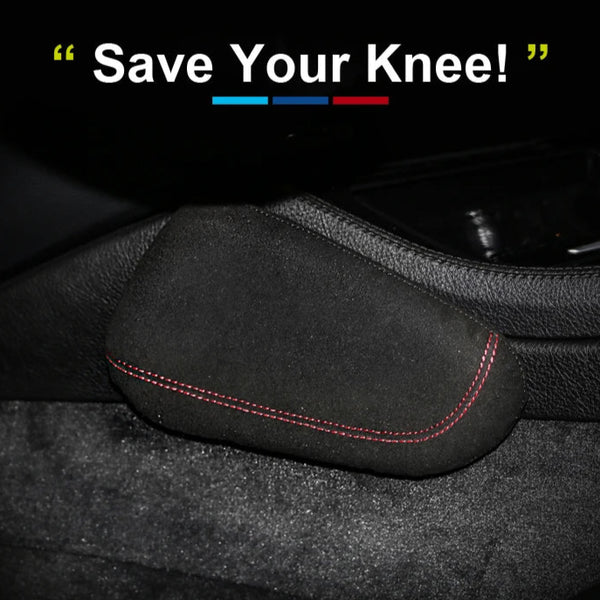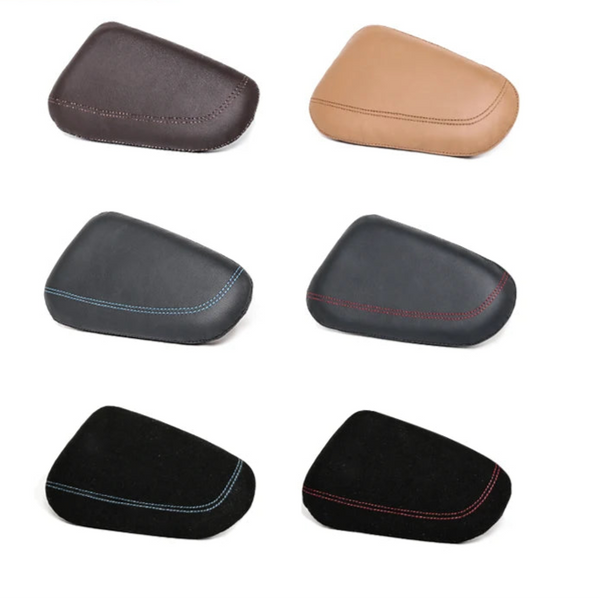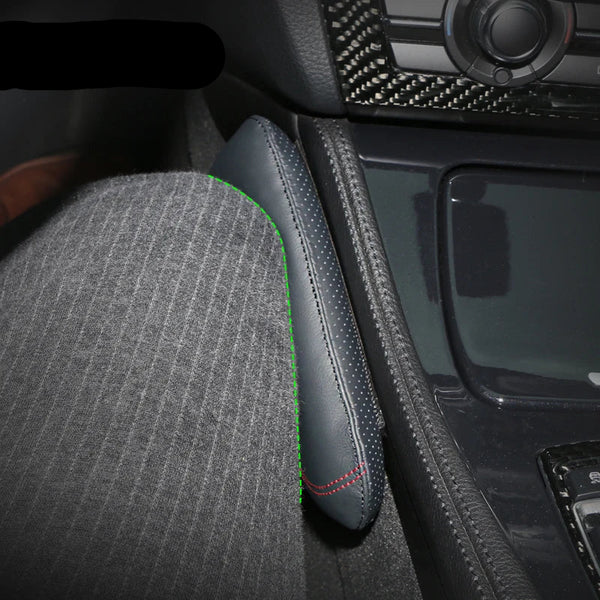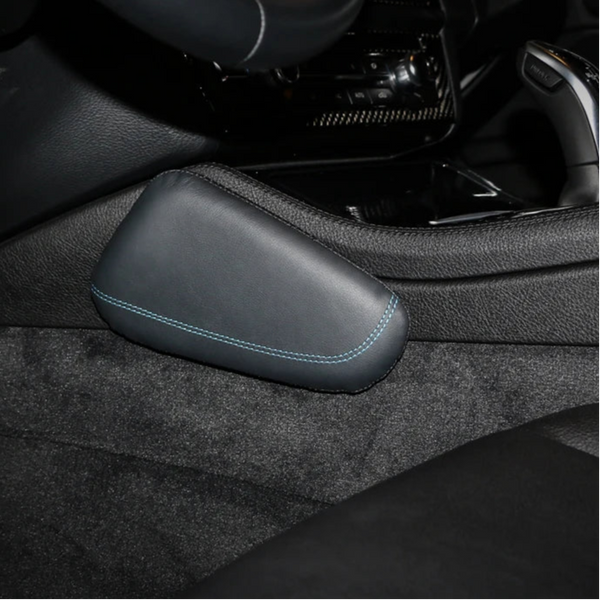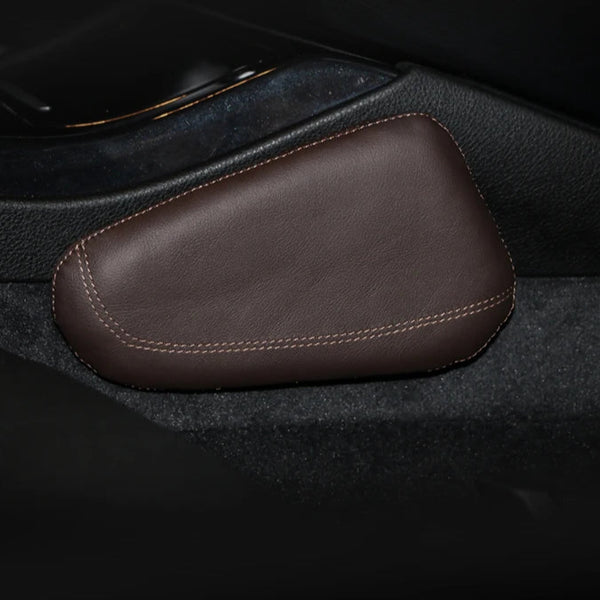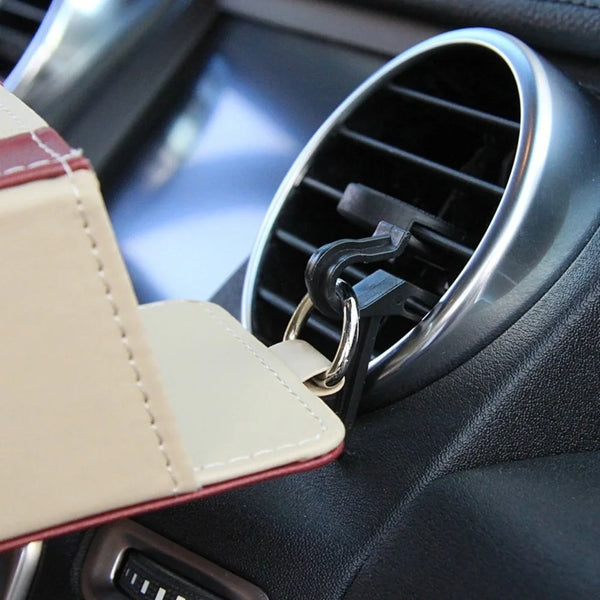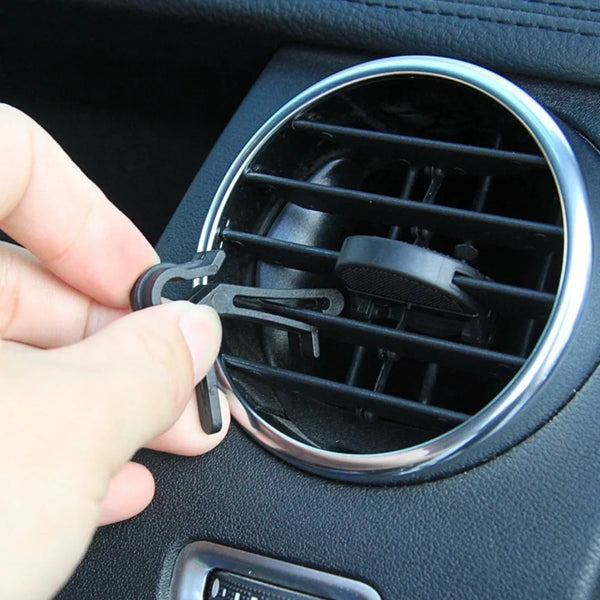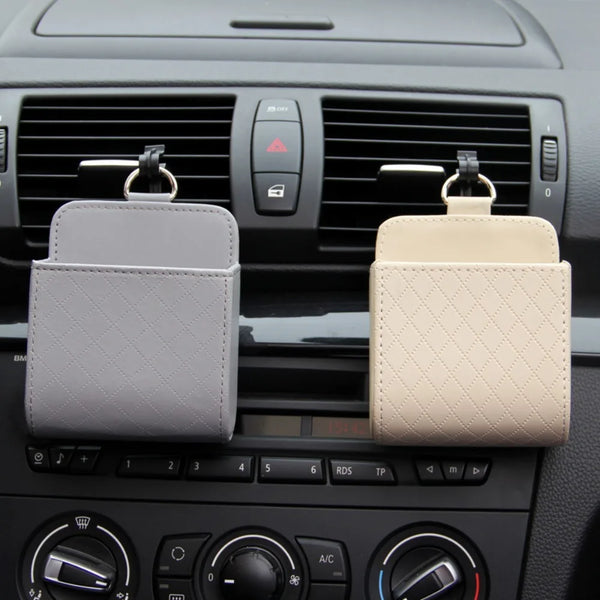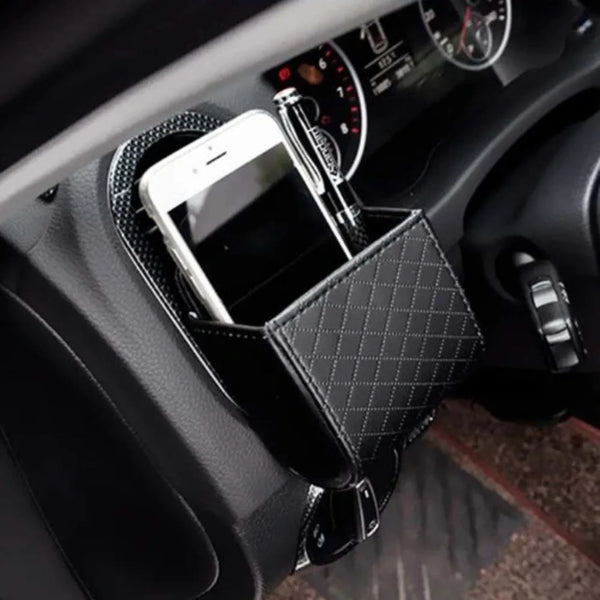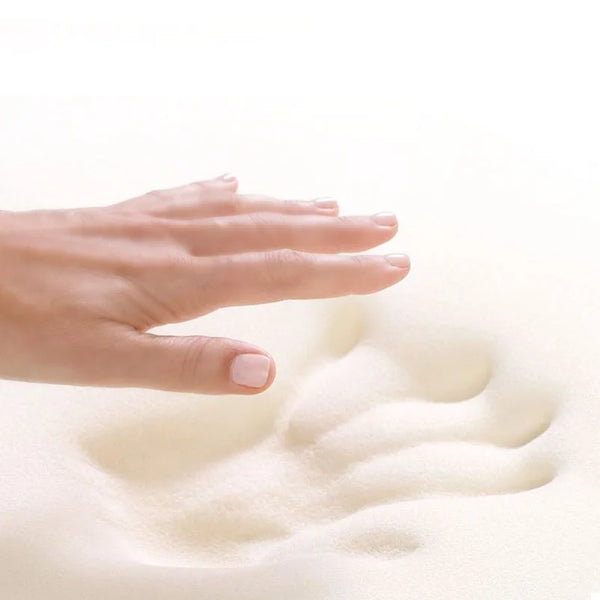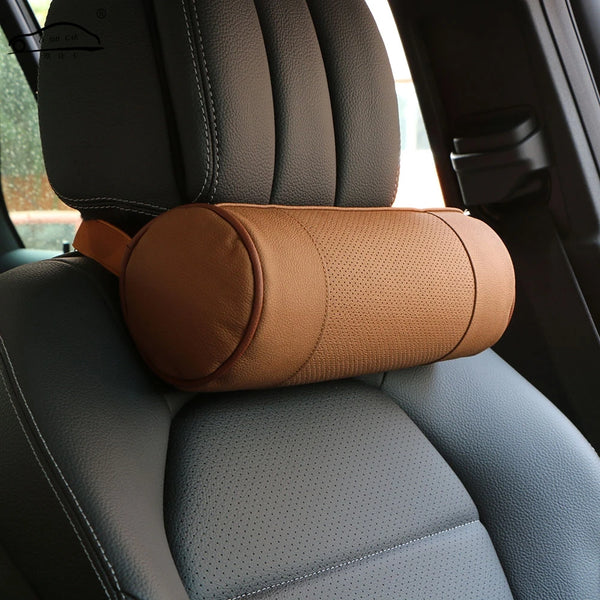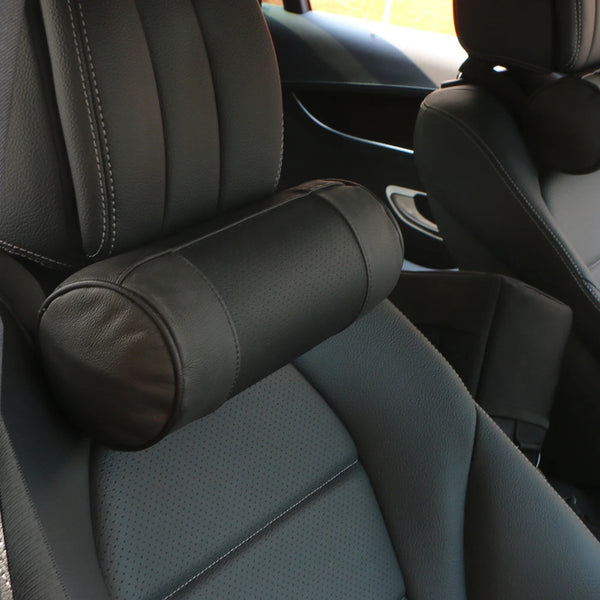Before the blue dot, before voice-guided turns, and long before Apple CarPlay lit up our dashboards, drivers had to navigate the world with grit, instinct, and a whole lot of paper. Whether you were headed cross-country or just trying to find a new job site, getting there wasn’t as simple as tapping a screen — it was a full-on mission.
📖 A Story from the Map Era
Imagine this: it’s 1998. You’re driving solo to a job interview in a city you’ve never visited. Your co-pilot? A fold-out map from the gas station, a highlighter, and a notepad with directions scribbled down from a phone call. You’re watching for landmarks like “the Shell station on the corner” or “the big red barn after the second light.” Miss a turn? You pull over, unfold a map the size of your windshield, and try to reorient yourself — in the rain. It was stressful, sure, but it built a kind of driving confidence that today’s tech rarely demands.
🗺️ The Glovebox Atlas
For many drivers, the Rand McNally Road Atlas was a staple. Thick, spiral-bound, and often worn from use, it lived in the glovebox and came out anytime a trip went off-script. You’d trace routes with your finger, estimate mileage using the scale, and hope you didn’t miss your exit. It wasn’t perfect, but it was reliable — and it made you pay attention.
🧠 Mental Maps & Word-of-Mouth Directions
Before GPS, navigation was a community effort. You’d ask locals for directions, memorize turns, and rely on mental maps built from experience. “Take a left after the diner, then a right at the blinking light” was standard guidance. Drivers learned their cities by heart — and getting lost was just part of the adventure.
📟 The Rise of Standalone GPS
In the early 2000s, standalone GPS units like Garmin and TomTom changed the game. These dashboard-mounted devices offered voice directions, route planning, and a glimpse into the future. But they weren’t perfect — updates had to be downloaded manually, and they didn’t always know about road closures or new construction. Still, they were a massive leap forward from paper maps and guesswork.
📱 The Smartphone Revolution
Then came the real shift. Google Maps launched on mobile, and suddenly your phone became your co-pilot. Apple and Android followed with CarPlay and Android Auto, integrating navigation directly into your car’s dashboard. Real-time traffic, rerouting, satellite views — it was like having a personal navigator who never slept. Today, most drivers can’t imagine life without it.
🚘 What We’ve Gained — and What We Remember
Modern navigation is fast, efficient, and incredibly accurate. But something was lost in the transition. Drivers used to memorize routes, engage with their surroundings, and build mental maps. Now we follow the blue dot. At RideWithChuck, we believe in honoring both eras — the hustle of the past and the convenience of the present.
Whether you’re navigating with a smartwatch, a smartphone, or just your instincts, it’s all about the journey. Let’s keep moving forward with purpose, perspective, and a little appreciation for the drivers who paved the way — one fold-out map at a time.



